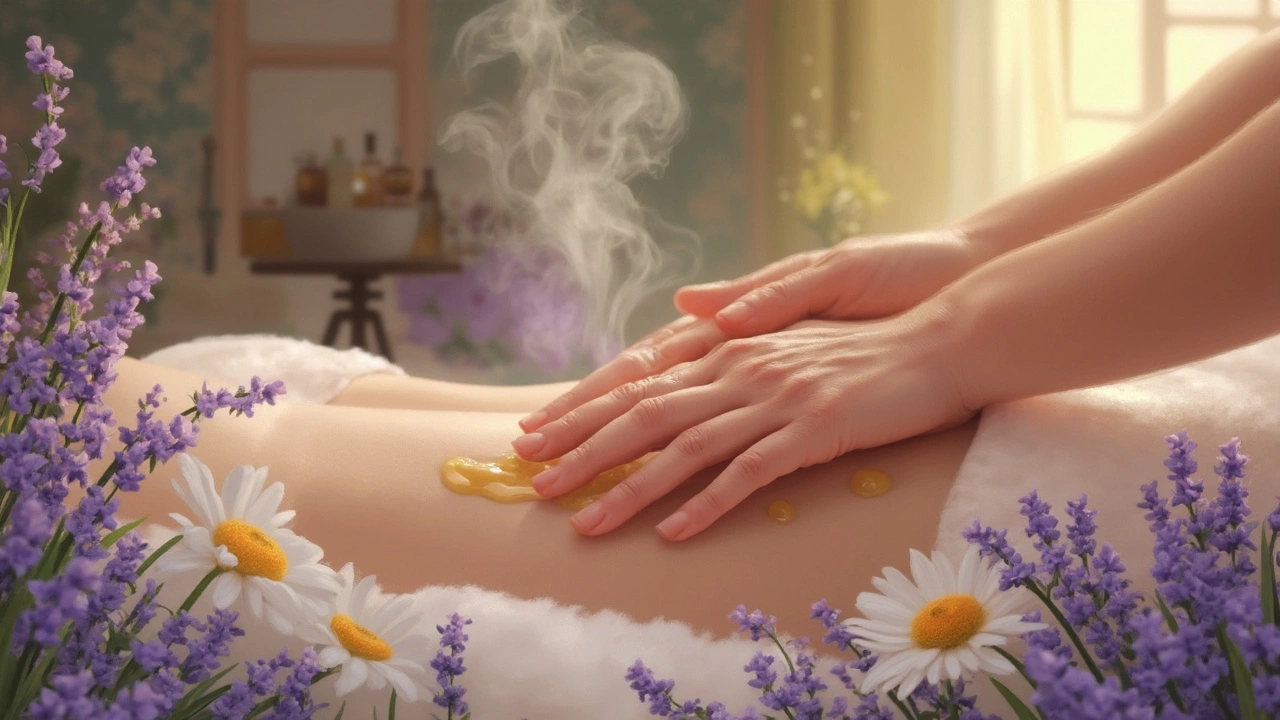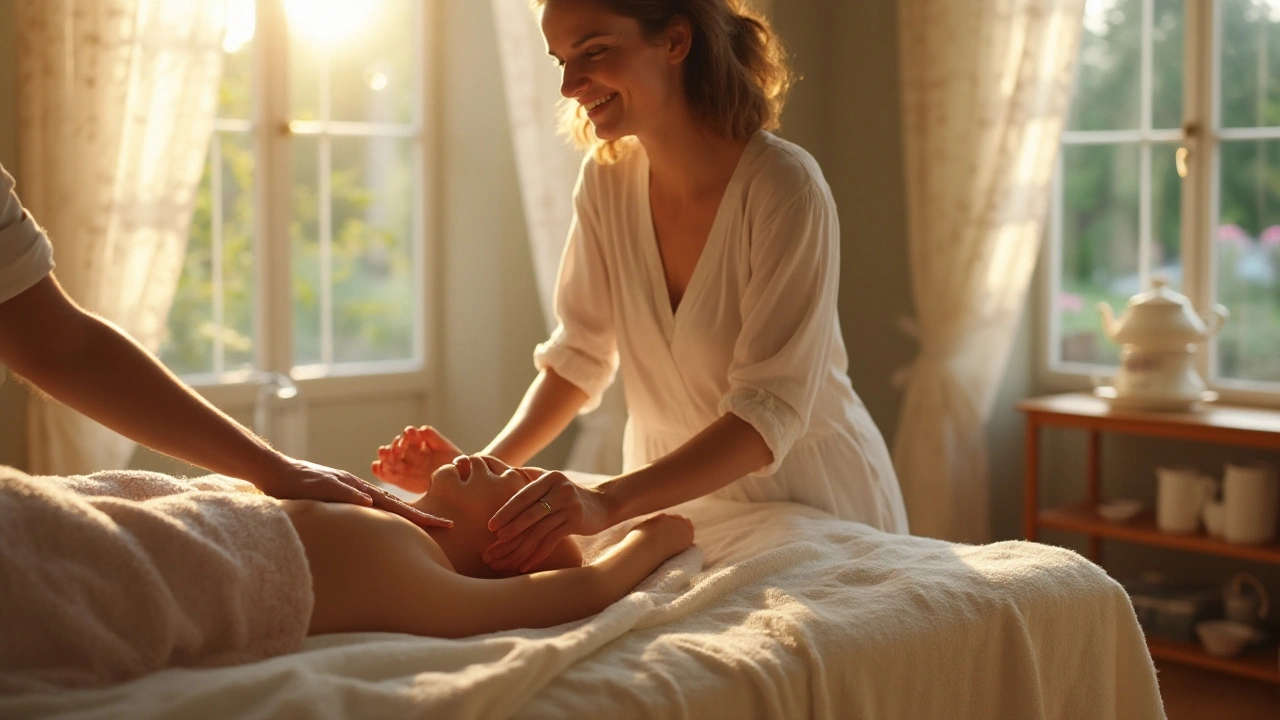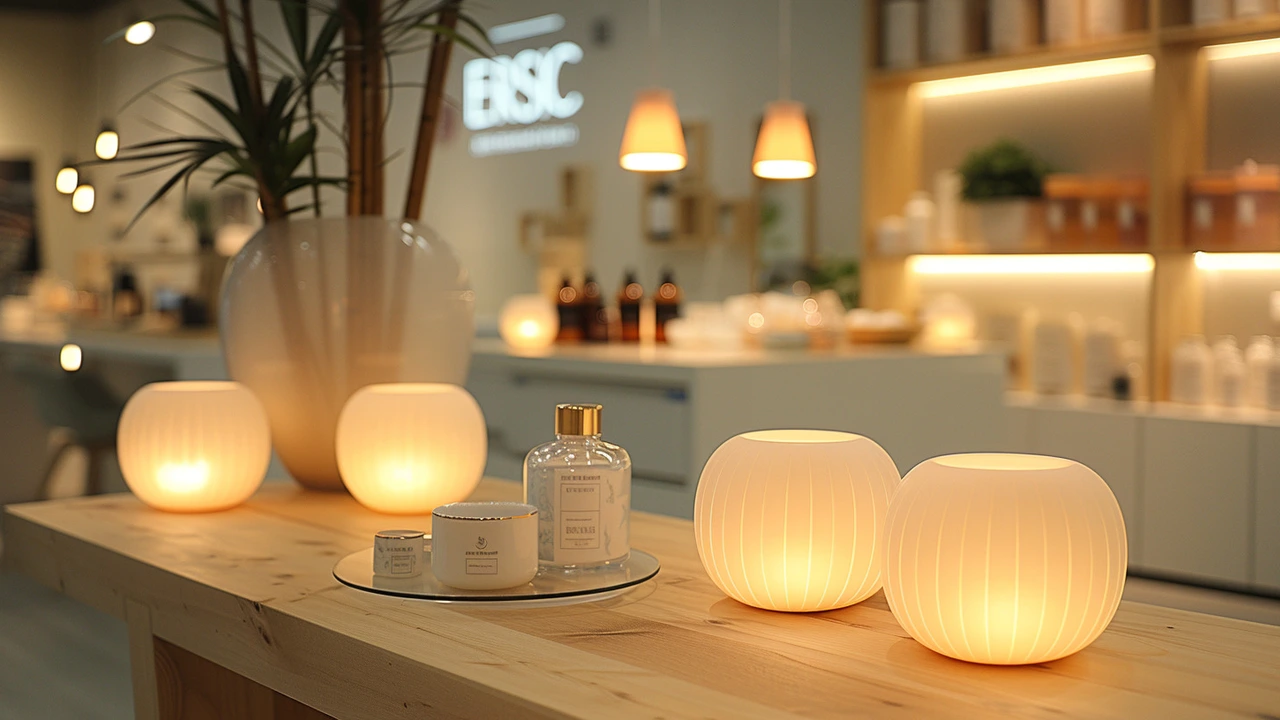Swedish Massage: Your Guide to Relaxation, Healing, and Stress Relief

Ever lay down for a massage, closed your eyes, and wondered how a simple touch could make the world feel lighter? Swedish massage is the classic answer to that question. Born in the early 1800s thanks to Per Henrik Ling, a Swedish physiologist, this style transformed the way people think about hands-on healing. It’s not a luxury reserved for high-end spas or fancy resorts anymore; today, regular folks all over the world use it as a tool for both body and mind. But what’s really behind those long, flowing strokes? And why do experts consider Swedish massage the gold standard for relaxation and recovery? Let’s pull back the spa curtain and find out.
What Sets Swedish Massage Apart? The Science and the Art
Swedish massage isn’t just about kneading sore spots until they stop hurting. It uses a series of defined techniques, each with a purpose and a method: effleurage (those smooth, gliding strokes), petrissage (gentle kneading), friction (rubbing targeted spots to generate heat), tapotement (light tapping or percussive strikes), and vibration (gentle shaking or trembling movements). It sounds technical, but this mix is what sets it apart from other massage types like deep tissue or shiatsu. The key goal? Boost circulation, relax the entire body, and kickstart the body’s own healing power.
Researchers at Cedars-Sinai Medical Center in Los Angeles found that after a single 45-minute Swedish massage session, people showed lower levels of cortisol (the stress hormone) and increased levels of lymphocytes (the white blood cells that help fight off infection). These aren't just abstract numbers. Less stress and a stronger immune system can mean fewer sick days, more energy, clearer thinking, and a much better mood. The same study even saw participants’ blood pressure drop and their heart rates slow down while they lay on the massage table—something anyone with a busy schedule or chronic stress dreams about.
It’s astonishing how quickly the body can respond to this kind of touch. If you want numbers, try this: according to the American Massage Therapy Association in their 2024 report, 89% of clients who receive regular Swedish massage report better sleep, 76% say their pain decreased, and 47% noticed improvement with mild anxiety symptoms. Here’s a snapshot of the science behind it all:
| Benefit | Impact after Swedish Massage |
|---|---|
| Stress Hormones (Cortisol) | Lowered by up to 30% |
| White Blood Cells (Lymphocyte) | Increased by up to 20% |
| Sleep Quality | Improved in 89% of clients |
| Pain Reduction | Reported by 76% of clients |
| Blood Pressure | Reduces by an average of 8 mmHg systolic |
What does all this mean for you? If you spend hours hunched over a desk or juggling family schedules, Swedish massage is less about pampering and more about hitting a reset button. The right session can undo days or even weeks’ worth of tension and set you up for better productivity and peace of mind after you leave the table.

The Experience: What Really Happens During a Swedish Massage
Walking into the room, you’ll usually find a warm, quiet space—maybe the smell of essential oils, soft linens on the table, and gentle background music to keep your mind from wandering back to that grocery list. Swedish massage therapists use massage oils or lotions to help their hands move smoothly over your skin, keeping friction low and comfort high. After a quick chat about your health and preferences, the session starts with light, broad strokes (that’s effleurage) to relax your top muscles and invite blood flow to the surface.
From there, the therapist might switch between kneading areas of tension, working deeper into sore spots, or using rhythmic tapping to wake up sleepy tissues. Don’t feel shy if you need more or less pressure—your comfort is what matters. Regular clients often say that as the minutes pass, even stress they didn’t realize they were holding starts to melt away. Nerves settle, aches soften, and you drift into a calm that can last for hours afterward.
One thing that surprises a lot of first-timers is the balance between relaxation and alertness. You don’t just zone out; you truly recalibrate. Many clients notice their joints move more easily, or that headaches they’d gotten used to aren’t lurking in the background anymore. Even your mind gets a break—simple breathing slows, racing thoughts fade, and you’re just... present. For anyone feeling run down, this reset is a small miracle.
Want to get the absolute most out of your session? Here are a few tips from veteran therapists and repeat clients:
- Skip heavy meals an hour before your appointment. A full stomach can make relaxing harder.
- Communicate! If the pressure is off, say so. Don’t worry about offending—therapists want to get it right for you.
- Leave your phone on silent and out of arm’s reach. Even one buzz can yank you out of your zen zone.
- Drink water both before and after. Staying hydrated helps your muscles release tension and flush out toxins.
- Give yourself a little buffer time post-massage before jumping back into emails or errands. Savor that floating feeling for as long as you can.
To add a dash of reality: Even if you’re someone who struggles to unwind, the repeated, predictable patterns of classic Swedish techniques can teach your body (and brain) to recognize safety, comfort, and relaxation again.

Tuning the Technique: Customizing Swedish Massage for Real Life
The beauty of Swedish massage is how adaptable it is. There’s the textbook version, sure, but the best therapists tailor every session to the person on the table. Maybe you’re an office worker with a stubborn neck crick, a new mom whose back is a battlefield, or a weekend athlete with muscles that beg for mercy after every run. Each of those stories needs a slightly different approach.
If you’re hoping to ease chronic pain (think old sports injuries or back tension from slouching), try telling your therapist exactly where it hurts, and how your pain changes through the day. A good Swedish massage doesn’t have to hurt to be effective; instead, it works with your body’s natural rhythms to unlock deep muscle layers gently. Curious about technique? Some therapists add gentle stretches (as long as you’re cool with it), or use hot stones to boost circulation and further melt tight areas. It’s all about reading your needs and responding, not running through a script.
Moms-to-be have a whole section of Swedish massage built just for them—pregnancy massage! Lying on your side, with plenty of pillows for support and gentle, rhythmic strokes, helps relieve backaches, swollen ankles, and sleeplessness. Just make sure to mention your trimester and any risk factors first; qualified therapists know how to adapt for safety.
Don’t forget seniors—the same techniques, with lighter pressure, can help with age-related aches, increase joint mobility, and lift spirits. Some clients, after a few sessions, report being able to pick up groceries, play with grandkids, or take stairs without that nagging stiffness that used to slow them down.
On the mental health front, regular Swedish massage is linked to lower rates of anxiety and depression symptoms. According to a study published in the Journal of Alternative and Complementary Medicine in late 2023, participants with mild to moderate anxiety who scheduled weekly sessions for two months saw nearly 40% greater improvement using massage than with cognitive exercises alone. It’s not magic, but feeling safe, comfortable, and cared for has serious mental benefits, even if just for an hour at a time.
If you want to make Swedish massage part of your self-care routine, here are a few hacks:
- Book your favorite therapist ahead of time—good ones get busy, especially in stressful seasons.
- Try pairing your session with calming rituals: herbal tea after, a short walk, or quiet music at home.
- Keep track of muscle aches and note what triggers them—sharing this with your therapist leads to better, targeted results every time.
- Look for spas with heated tables in colder months or ask for unscented oils if you have allergies.
- Be honest about your goals: are you here for pure relaxation, pain relief, or a mix? The right communication shapes the best session.
So, is Swedish massage just a feel-good trend? Not even close. It’s an evidence-backed, adaptable, and endlessly personal approach to self-care and stress relief. Whether you’re there for a birthday treat, a post-injury tune-up, or to survive one more wild week at work, a well-done Swedish massage is proof that the right touch can change more than muscles—it can change your whole day.





